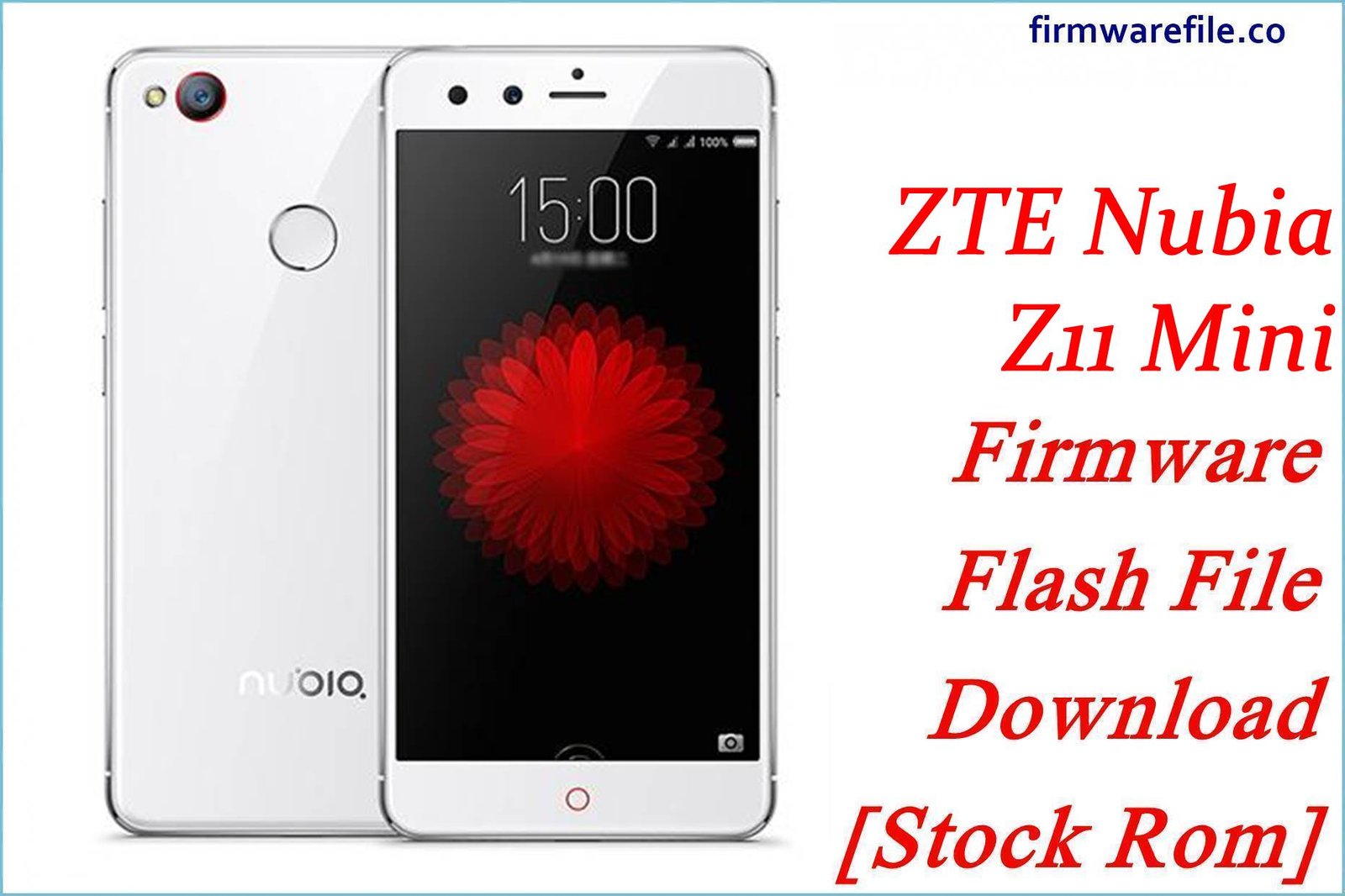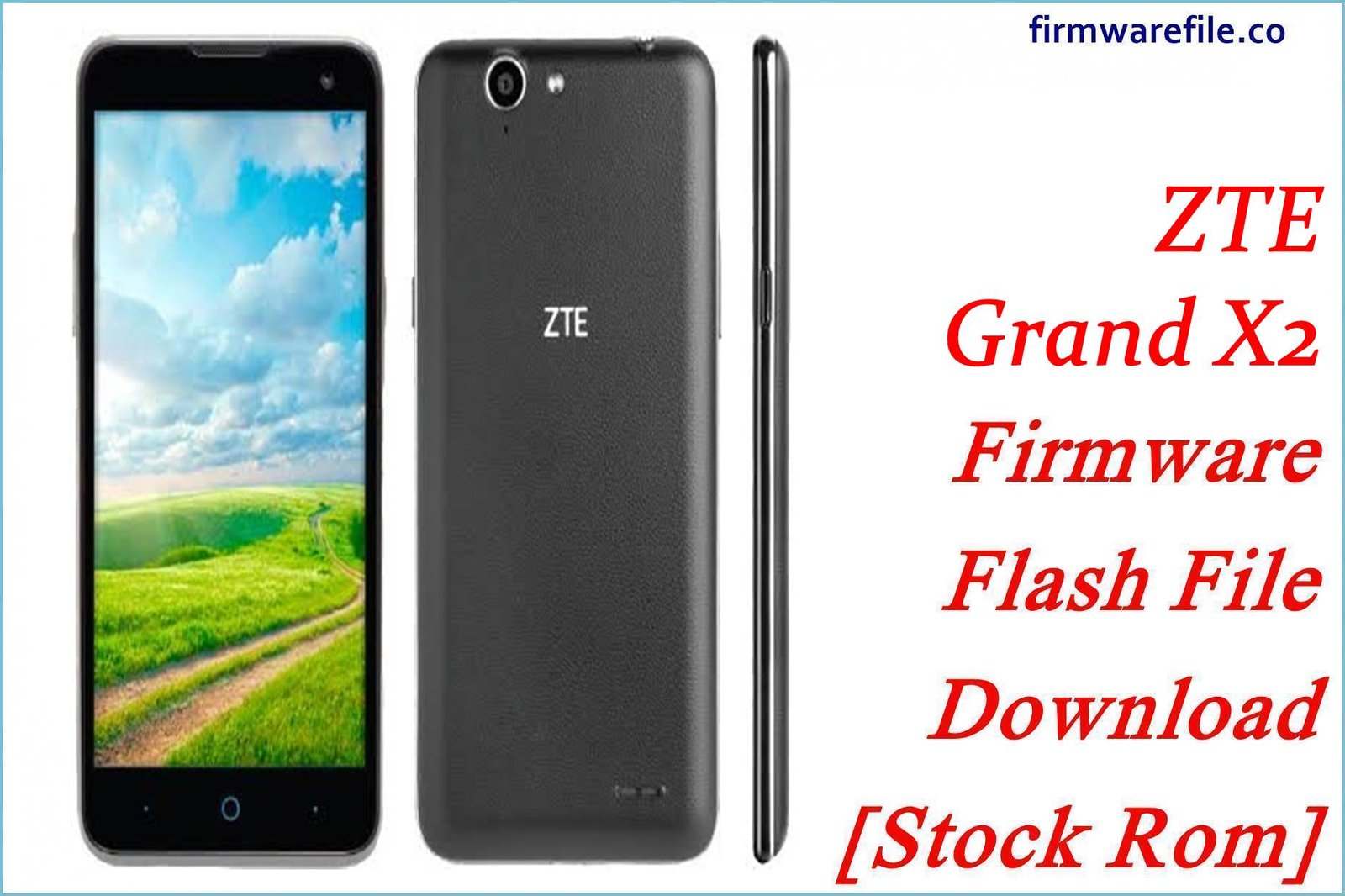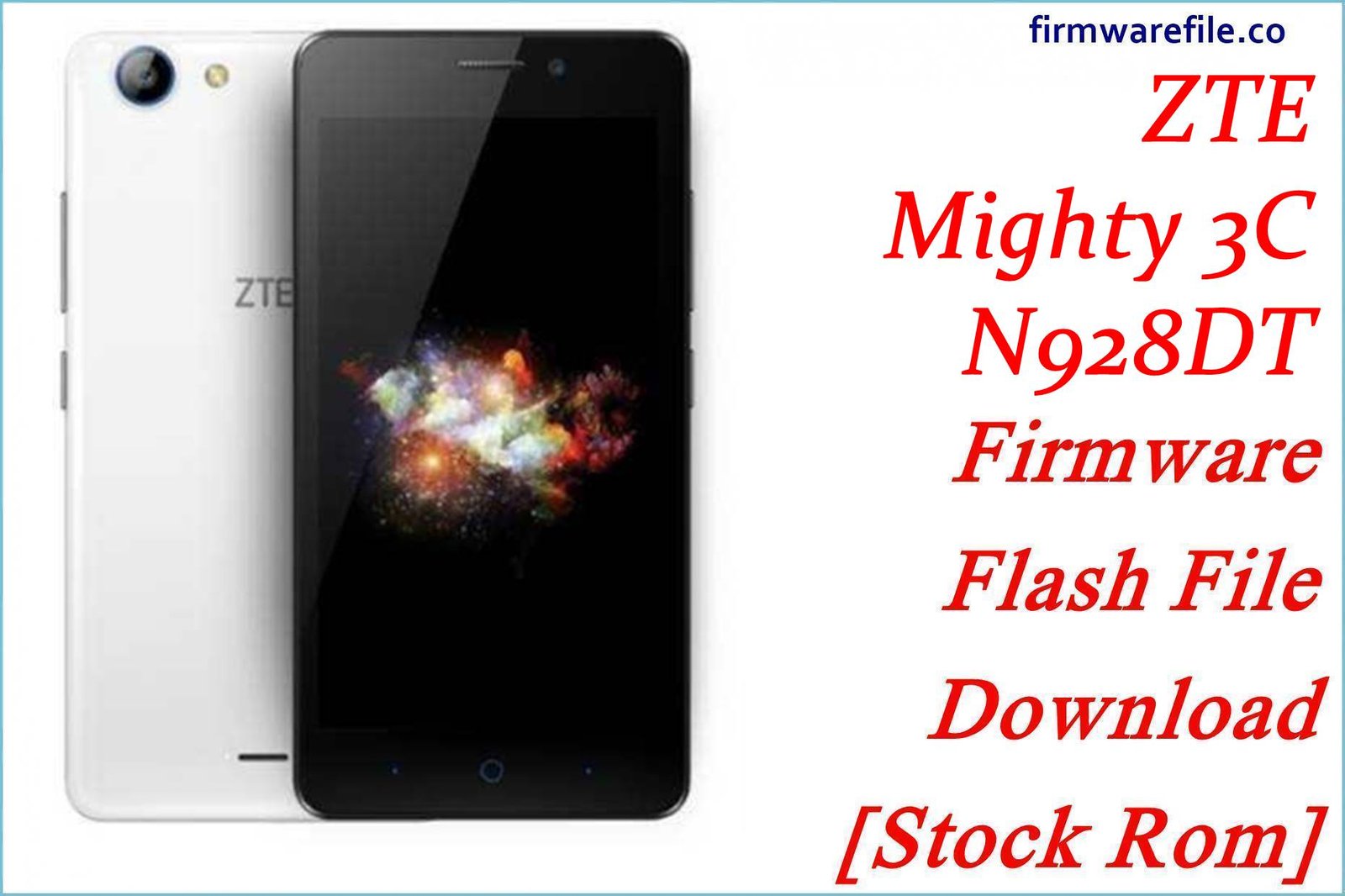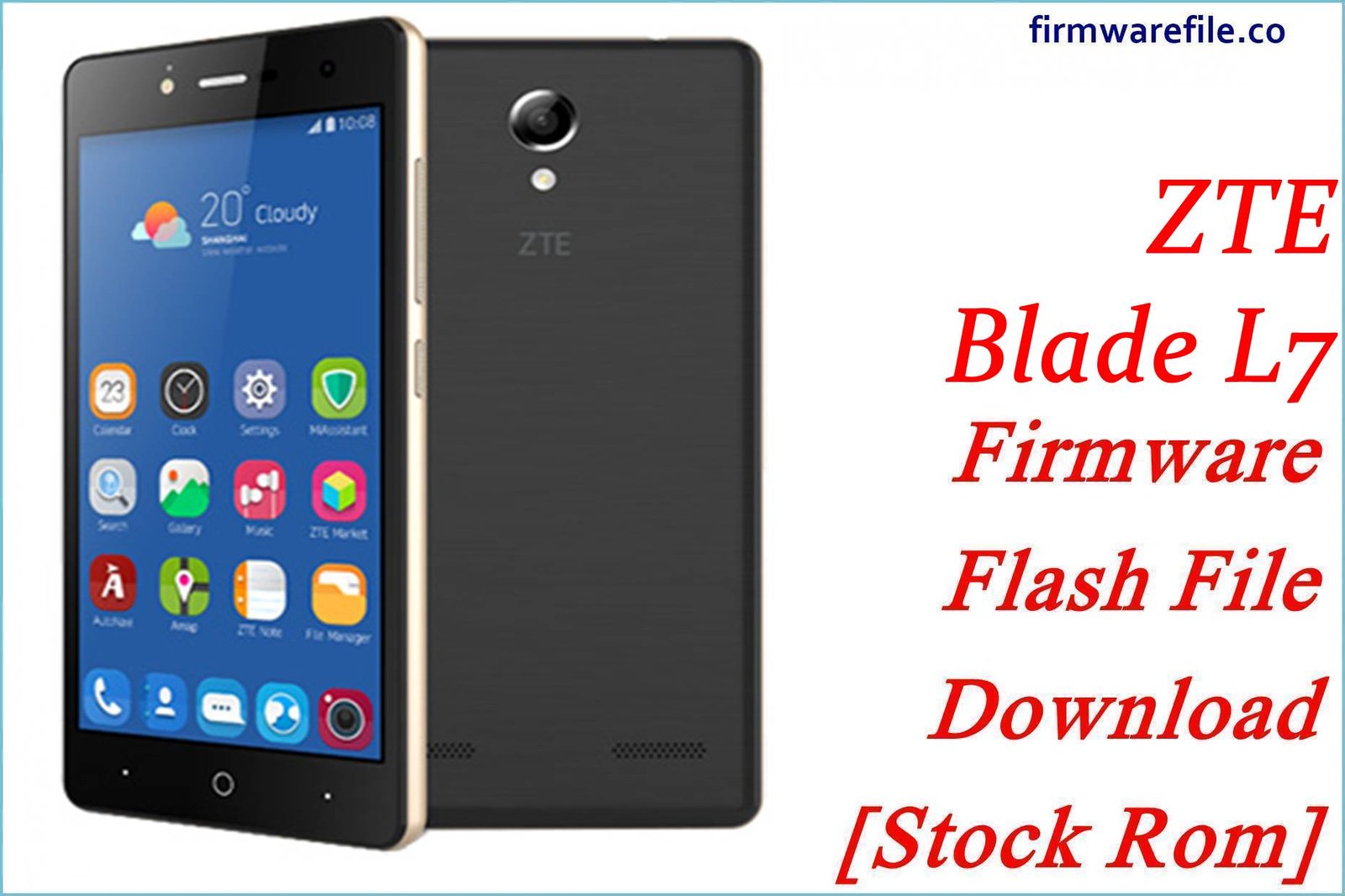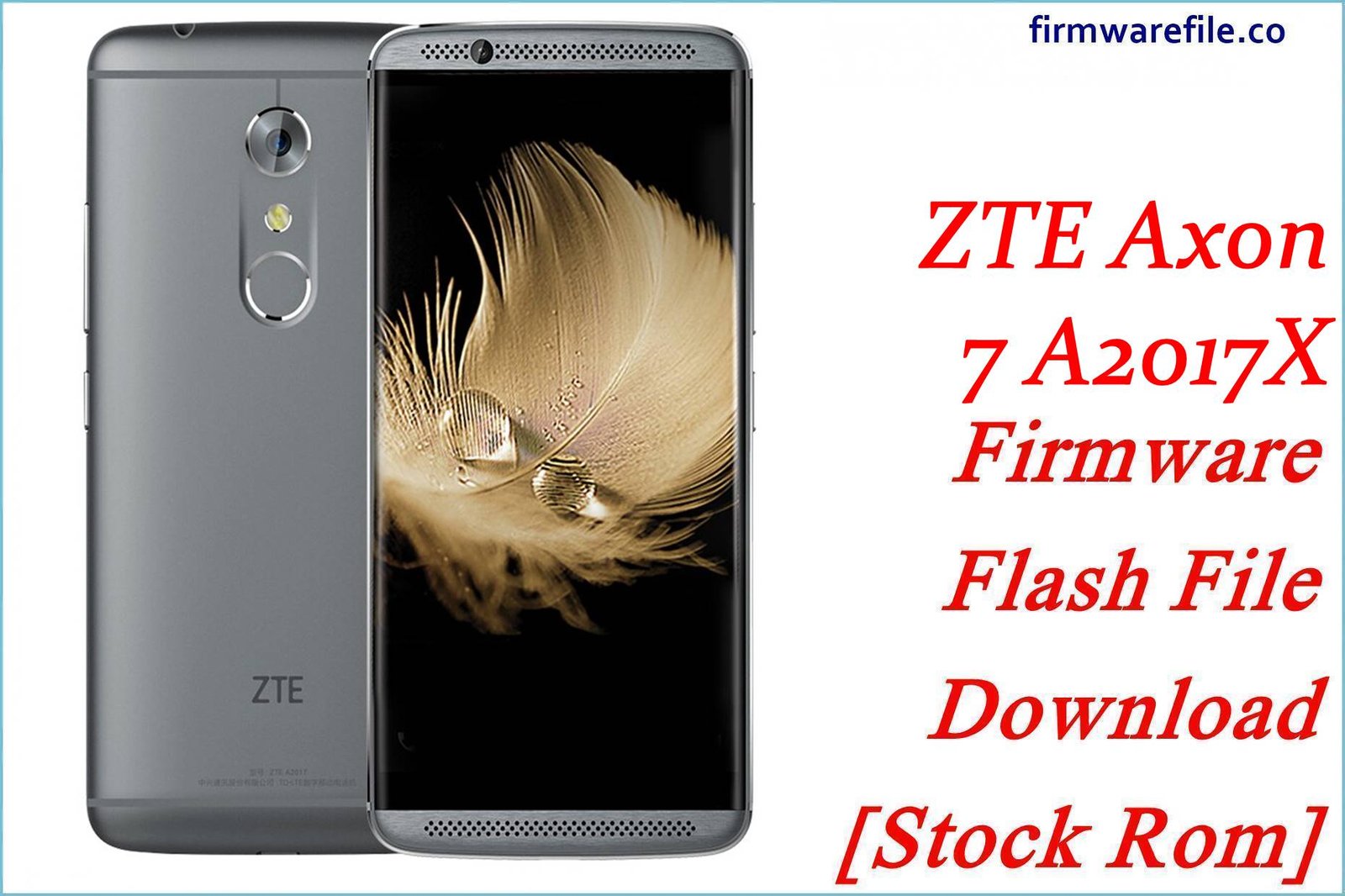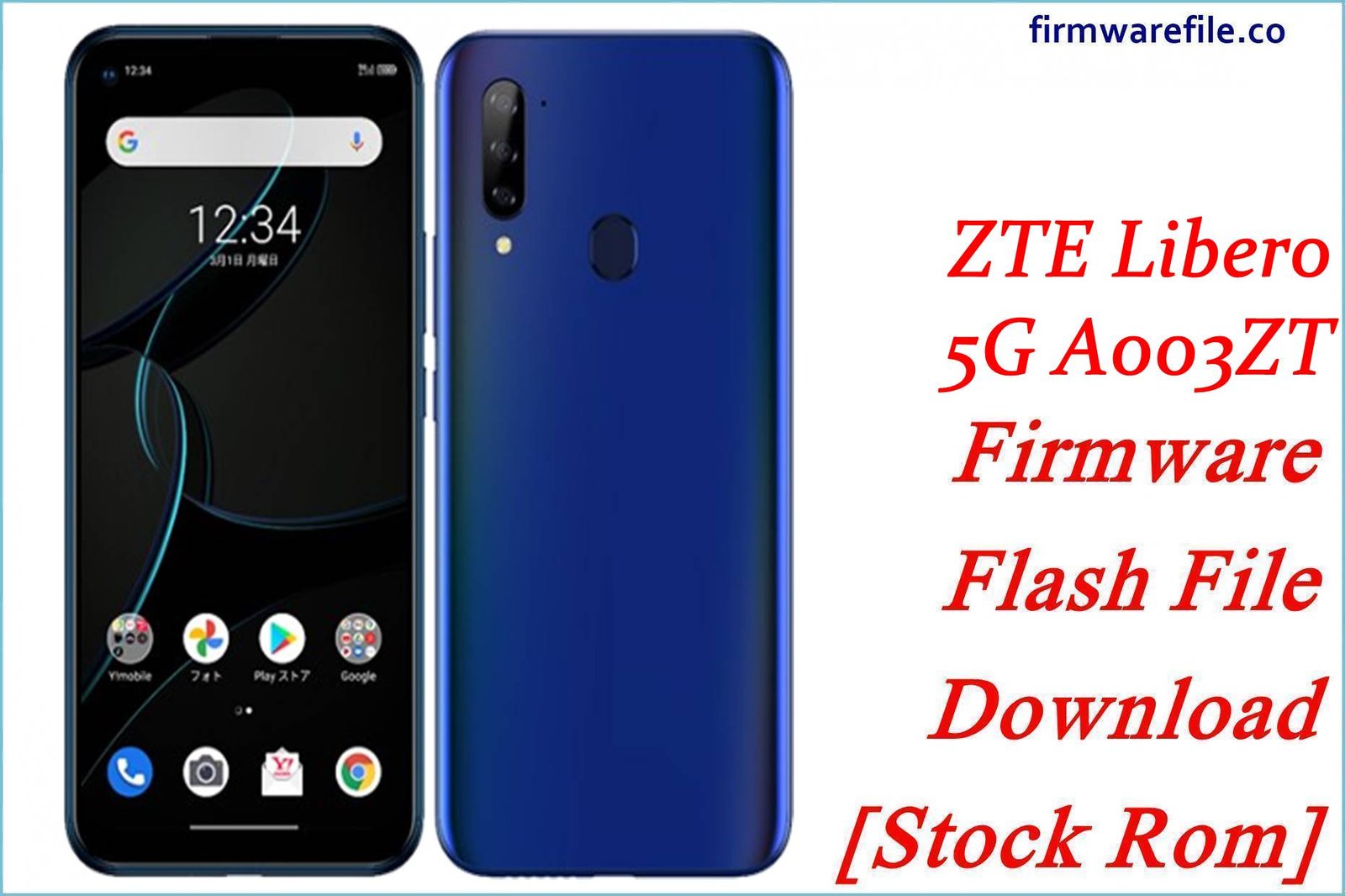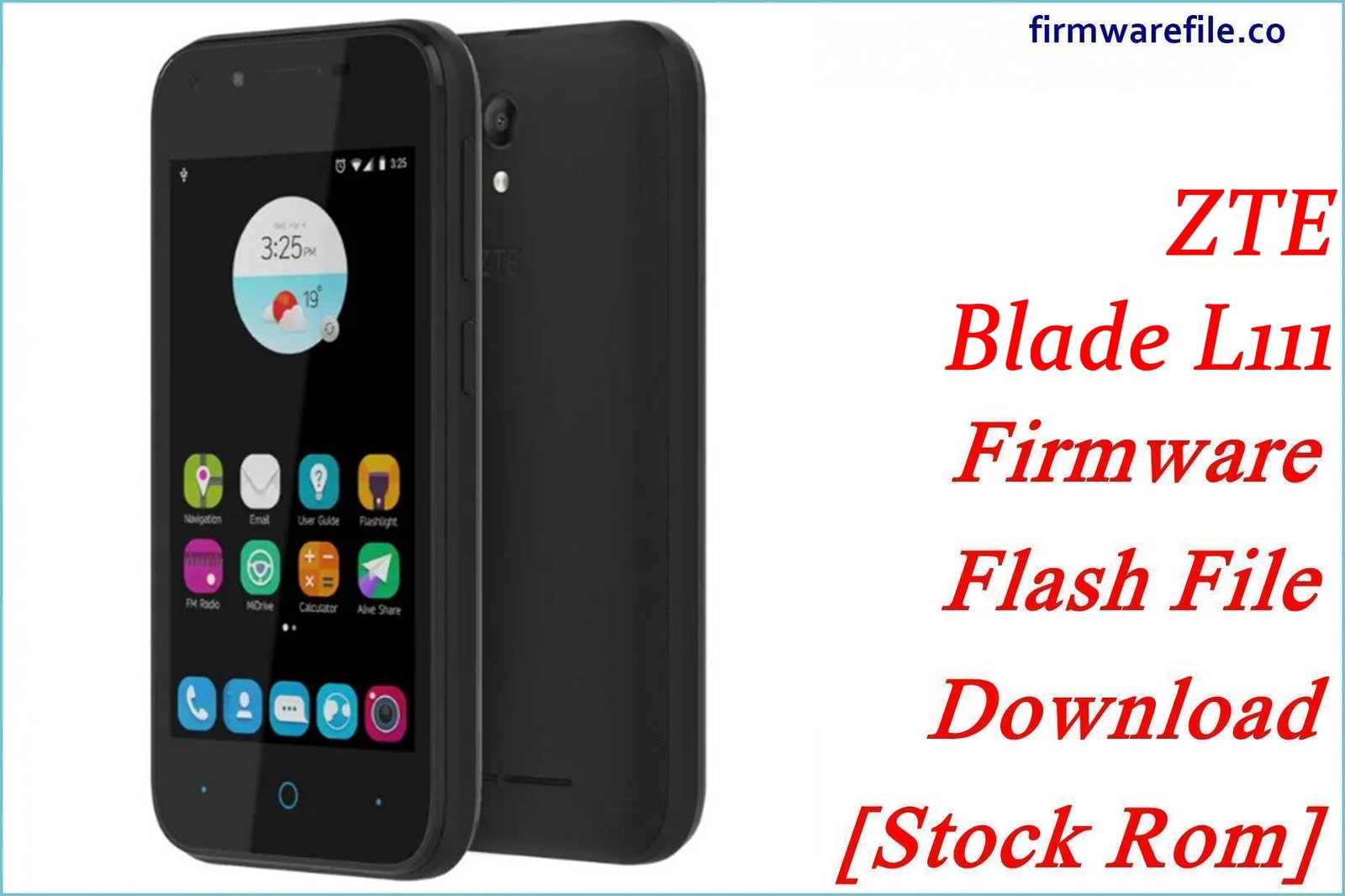ZTE Nubia Z11 Mini (NX529J) Firmware Flash File Download [Stock Rom]
The Nubia Z11 Mini (model NX529J) is a compact and capable mid-range smartphone from 2016, praised for its premium build, sharp display, and a solid 16MP Sony camera sensor. For users needing to unbrick a non-responsive device, resolve persistent software bugs like notification delays, or perform a full factory restore, flashing the official stock firmware is the most reliable solution.
Important Note: This device is powered by a Qualcomm Snapdragon 617 chipset. The restoration process requires the use of the QFIL (Qualcomm Flash Image Loader) tool and booting the device into EDL Mode.
Quick Device Specs
- Device
- Nubia Z11 Mini (NX529J)
- Release year
- 2016
- Chipset
- Qualcomm Snapdragon 617
- Display
- 5.0″ FHD IPS LCD (1920×1080)
- Battery
- 2800 mAh (Non-removable)
- Memory
- 3GB RAM + 64GB storage
- Camera
- 16MP (Sony IMX298) rear, 8MP front
- OS
- Android 5.1.1 (Lollipop)
Required Downloads
| File / Tool | Download Link |
|---|---|
| QPST (QFIL) Tool | Download QPST Tool |
| Qualcomm USB Drivers | Download Drivers |
Stock ROM & Firmware
| Version | Android | Region | Type | Download | Size |
|---|---|---|---|---|---|
| (2016-12-28) | 5.1.1 (Lollipop) | Global/China | QFIL / QPST | Download | ~1.2 GB |
Quick Flashing Guide
- Download and install the Qualcomm USB Drivers and the QPST Tool on your PC.
- Extract the downloaded firmware ZIP file to a folder on your computer.
- Power off your Nubia Z11 Mini and boot it into EDL Mode by holding the Volume Up + Volume Down buttons while connecting it to the PC via USB cable.
- Launch QFIL, load the firmware files (`prog_…mbn` and `rawprogram/patch` XMLs), and click the “Download” button to begin flashing.
For a complete, step-by-step tutorial with screenshots, please refer to our definitive guide:
How to Flash Firmware on Qualcomm Smartphones with QFIL
FAQs
Q1. Is this firmware for the Nubia Z11 or the Z11 Mini S?
No. This is a very important distinction. This firmware is strictly for the original Z11 Mini (NX529J) with the Snapdragon 617. The flagship Z11 (Snapdragon 820) and the Z11 Mini S (Snapdragon 625) are different phones. Using the wrong firmware will permanently brick your device.
Q2. Why am I not getting WhatsApp notifications until I open the app?
This is a notorious issue with Nubia UI’s aggressive battery management. A clean firmware flash can help, but you must manually configure the power-saving settings. After flashing, go to `Settings > Battery > Power management` and find the section for background apps. You must manually exclude your important messaging apps (WhatsApp, Gmail, etc.) from any optimization or “kill” list.
Q3. Can I update this phone to a newer Android version?
No. This firmware is for Android 5.1.1 Lollipop. While some very limited updates to Marshmallow were released in China, this device did not receive widespread official updates. This package will restore the original Lollipop OS.
Device-Specific Troubleshooting
- Overheating, Especially During Camera Use or Charging: The Snapdragon 617 chipset is known to run hot, especially in a compact metal body. A clean firmware flash removes rogue software that could cause extra processor load. However, the tendency to get warm is a hardware trait. Avoid intensive use while charging to manage temperatures.
- Poor Battery Life: A clean flash of the stock firmware is the best way to solve software-related battery drain. It removes buggy apps and processes. After flashing, let the phone run through a few full charge-discharge cycles to help the system recalibrate the battery statistics. Also, use the power management settings to control background apps.
- “System UI has stopped” or Frequent Freezing: This indicates a corrupted operating system. Flashing the stock ROM using the QFIL guide is the most reliable way to fix this. The process will wipe all data but installs a fresh, stable copy of Android.
- QFIL Fails with a “Sahara/Firehose” Error: This classic QFIL error points to a communication failure, usually caused by a driver problem. Reinstall the Qualcomm 9008 drivers (disabling driver signature enforcement in Windows first), use a high-quality USB cable, and ensure the phone is fully powered off before entering EDL mode.

